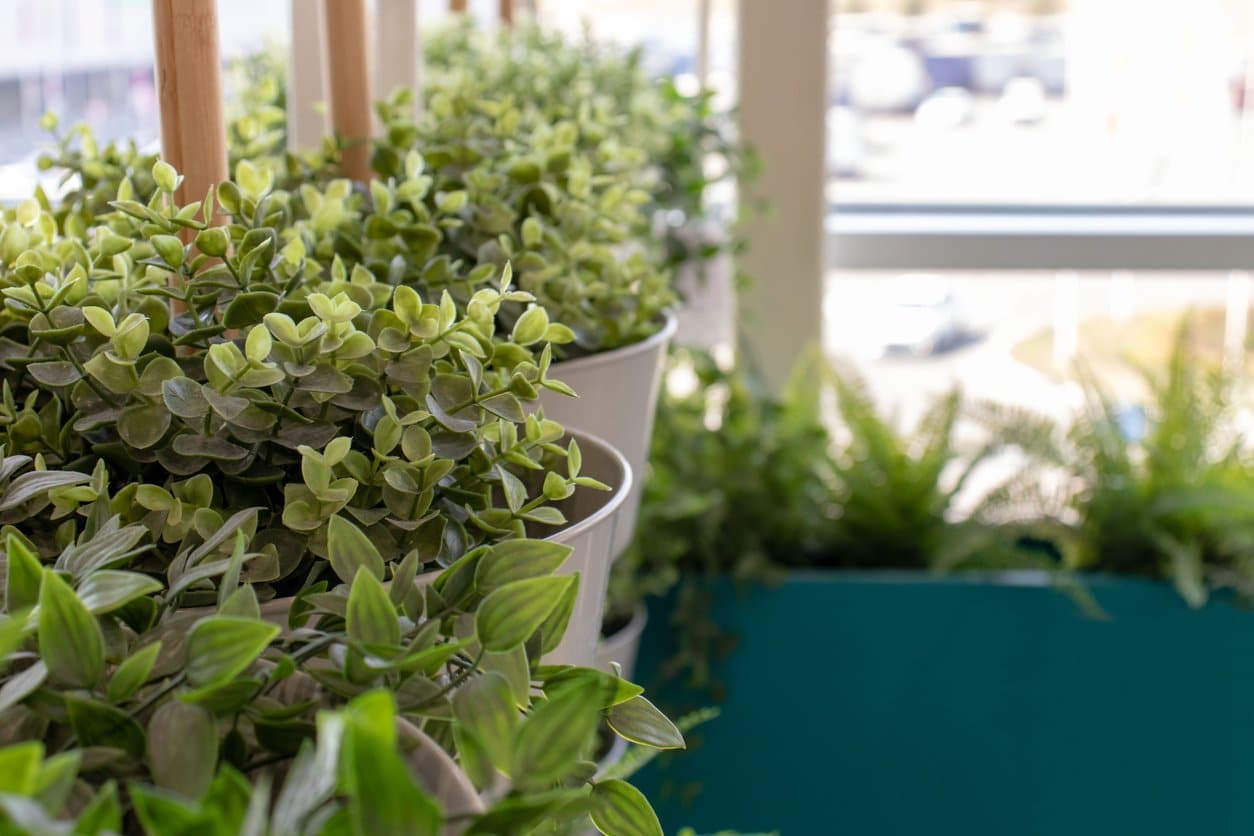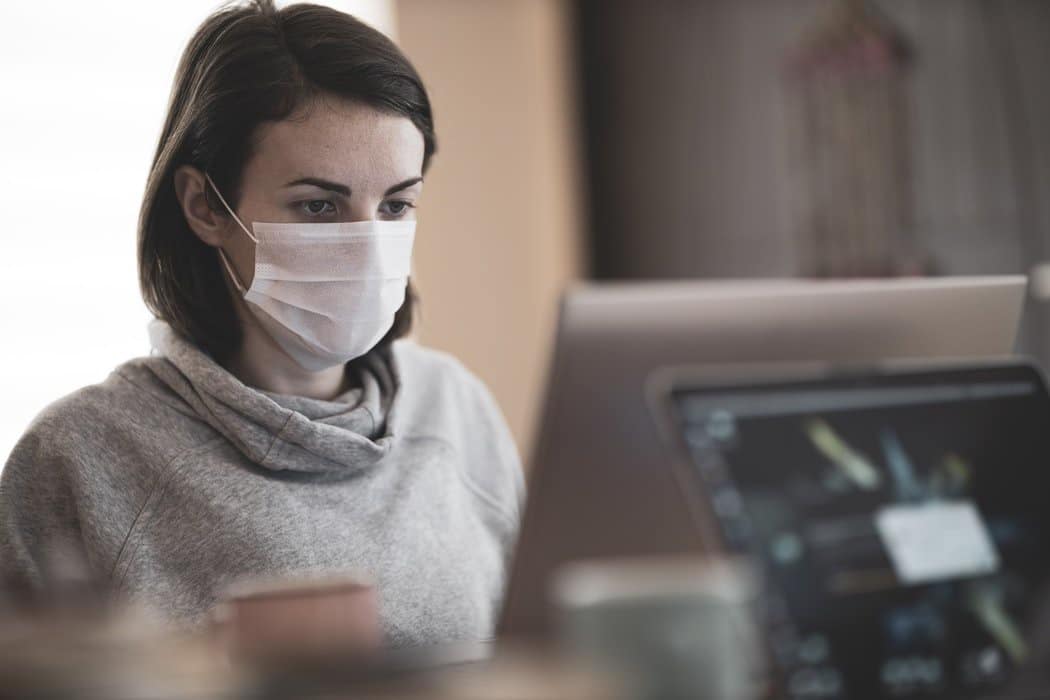As the COVID-19 pandemic is starting to subside, many people are planning to return to the office. Whether you’ve been working remotely or waiting patiently for the lockdown orders to end, you’ve gotten used to being at home.
Returning to the office after weeks away can be stressful. With the vaccine still at the trial stage, many people are wondering how safe and comfortable their office life will be.
Let’s take a closer look at what you can do to enjoy the new era in the old workplace.
1. Stressing the Hygiene
Sanitizers, tissues, and surface disinfecting wipes should become part of your in-the-office arsenal. According to several studies, the right approach to disinfection in the office can reduce the risk of the virus spreading by as much as 85%.
While employers are responsible for providing disinfecting products to office workers, employees should consider carrying personal sanitizers as well.
Even when the COVID-19 virus is conquered, these habits allow you to stay safe and healthy at your workspace. Stressing the hygiene issue can help avoid seasonal colds and flu while enjoying a much cleaner environment.
2. BYOC (Bring Your Own Coffee)
Coffee makers, microwaves, and other break room items are likely to be abandoned. Even with the toughest sanitizing procedures in place, it’s hard to make items used by dozens of people 100% safe.
That’s why you may want to consider bringing your own coffee in a thermal cup and opting for home-prepped lunch. This can minimize the contact you make with common surfaces.
Meanwhile, you can take advantage of the food and drinks you’ve been enjoying at home. Consider bringing your own:
- Coffee mug
- Tea and coffee
- Bottled water
- Individually wrapped snacks
- Lunchboxes
- Utensils
- Dishes
Such an approach isn’t just safe, it’s environmentally friendly and beneficial for your weight loss goals.
3. Rethinking Your Desk Chair
While you’ve been working at home, you’ve been making yourself as comfortable as possible. Did you notice that you have fewer headaches and your back doesn’t hurt as much? The reason could be the desk chair.
Many people have been rethinking their seating options to feel more comfortable at home. Nothing is keeping you from doing the same in the office. The majority of office chairs don’t provide sufficient support for your musculoskeletal system.
- According to the CDC, musculoskeletal disorders lead to 70 million doctor office visits in the U.S. every year.
- Due to musculoskeletal disorders in the workplace, employers lose up to $54 billion annually in wages, productivity, and worker compensation costs.
Using a higher-quality desk chair could make you feel better in the office, recreating the comfortable at-home environment.
4. Battling the Noise
Many people love working from home because it’s much quieter than the office. The constant open-floor chatter may affect your productivity.
- According to a University of Sydney study, the lack of sound privacy is one of the top elements hindering employee morale.
- According to a study by Steelcase and Ipsos, office workers lose about 86 minutes a day due to noise distractions.
Lack of noise is one of the reasons why remote workers tend to be more productive than office dwellers. Consider eliminating, or at least minimizing, the noise issue by:
- Investing in noise-canceling headphones
- Playing white noise tracks on your gadgets
- Bringing your plants
- Asking for partitions (unless your employer has already changed the office layout)
5. Improving the Lighting
It’s hard to underestimate the influence that lighting in the office has on your productivity, well-being, and comfort. Poor lighting in the workplace could cause such adverse effects as:
Numerous studies prove the utter importance of natural light to our well-being, work satisfaction, and productivity.
- Older people need more natural light than younger people do to fight cataracts and establish healthy biorhythms.
- 70% of office workers report that access to natural light improves their performance.
Did you sit next to a window while working at home? It could be one of the main reasons you’ve been enjoying a productivity boost and extra comfort.
Unfortunately, making sure that each office worker has access to natural light is tough. In the majority of cases, employees face fluorescent lights that come with a variety of downsides, including UV radiation exposure, which is a serious health risk.
Although fluorescent lights emit UVA and UVB rays, it’s not the type of radiation found in germicidal UVC lamps. They can’t help fight COVID-19 or any other virus on office surfaces or in the air.
Here are a few things you can do:
- Ask for transparent partitions to increase the amount of natural light in your workspace
- Buy a daylight lamp for your desk
- Install light filters
Light filters are the easiest and the most beneficial way to achieve natural lighting in the workspace. The difference they make is truly impressive.
6. Personalizing Your Space
What did your desk look like at home during the COVID-19 pandemic? Be it your favorite teacup or your daughter’s Mickey Mouse pen, little things tend to create comfort and reduce stress levels.
Studies show that allowing employees to personalize their workspace, especially with plants, can increase:
- Wellbeing by 47%
- Creativity by 46%
- Productivity by 38%

When you come back, bring your favorite décor to the office. It can help you re-create the at-home environment while adding more personality to the office desk. More often than not, such an approach makes people feel safer and more relaxed.
7. Making a Playlist
Have you been listening to your favorite music while working from home? Consider bringing it to the office when the COVID-19 pandemic has passed. Music can stimulate creativity while improving your output. As a bonus, it keeps the office noise out, allowing you to focus on the task at hand.
Think back to what type of music made you comfortable when you were working remotely. Experiment with different genres and noise levels to raise your level of comfort in the office environment.
8. Keeping the Distance
Keeping the social distance in the office can be somewhat problematic. With the open-plan being a trend in the 21st century, cubicles have lost their popularity. However, the COVID-19 pandemic may have changed the approach some employers take to the interior design of the office.
By bringing cubicles back, it’s possible to keep a safe distance between employees while minimizing the stress they experience due to the virus.
Barriers or dividers between desks can give you more privacy and somewhat re-create the at-home environment you’ve been enjoying during the pandemic.
9. Adjusting Your Behavior to Prevent COVID-19 Transmission
According to Fortune.com, 37% of office workers are afraid that other employees’ behavior could put their health in danger. Following safety rules is important to keeping the work environment in top shape.
By caring about other workers’ health the same way you do about your own, you can increase the level of comfort in the office. This includes:
- Using sanitizers
- Keeping the social distance
- Staying at home when you are sick
- Following the company’s safety protocols
- Avoiding handshakes
- Washing hands regularly
All the above may involve saying “no” to a friendly coworker who comes over to your small cubicle for a chat. It’s important to understand the dangers of such behavior and not feel guilty or uncomfortable about refusing.
10. Maintaining New Habits
One of the greatest benefits of working at home is enjoying your own pace. Some people are highly productive in the mornings, while others need to sleep late to work hard all evening long.
The COVID-19 pandemic gave many people a chance to explore highly productive work habits. Bringing them to the office may be problematic but possible.
Consider discussing what you’ve learned about your productivity during the lockdown orders with your employer. You may be surprised at how easily they can accommodate your new needs. Such adjustments may involve:
- Flexible work hours (which agrees with working in shifts to minimize the number of people in the office).
- Staying at home several days a week.
- Have a longer lunch break (and making up for it at the end of the day).
Whatever makes you more productive should be highly desirable for the employer, as well.
11. Staying at Home
The post-COVID reality involves only some workers coming back to the office. Depending on the employer’s decision, they may be working in shifts and alternating days.
Another option is keeping part of the workforce at home until the vaccine is developed. Some companies are ready to offer their workers a “forever work from home” option.
If you have an opportunity to stay at home several days a week, the transition to the office workspace can go more smoothly. You can compare and contrast the environments in the process, discovering what works the best for you.
Implementing some at-home elements in the office and vice versa may be easier than you think.
Staying Productive in the Office after the COVID-19 Pandemic
It may be tough to make the conversion from the relaxed, at-home work style to the dynamic office environment. Analyzing what you’ve learned while working remotely and integrating the new habits into your office life could boost your productivity and make you feel extra comfortable.
By taking advantage of the above tips, you can simplify the transition and tweak your office space according to your needs.
